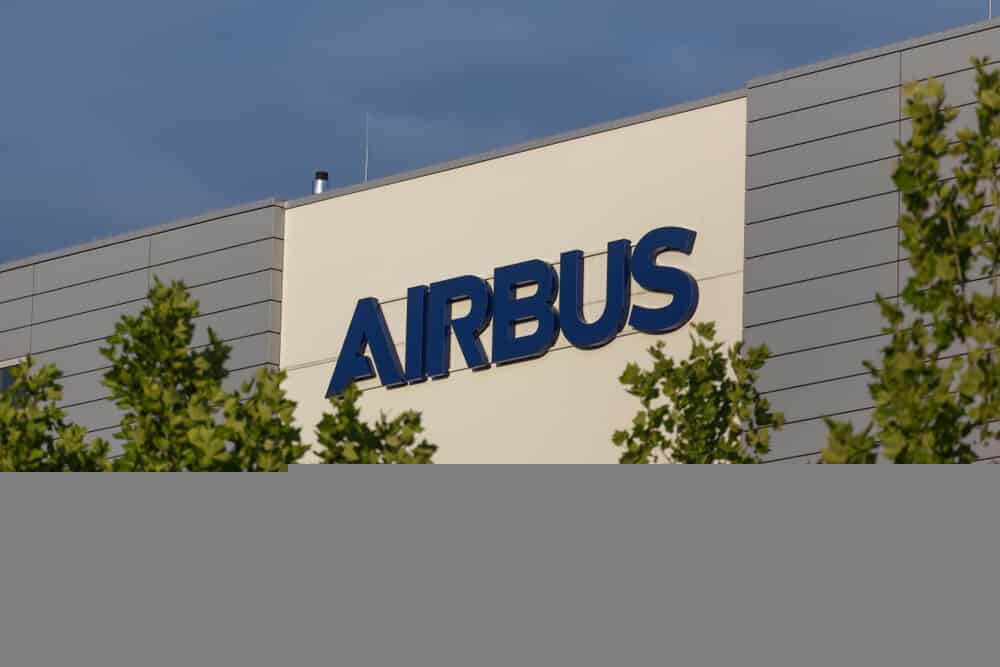
Airbus to Take-off with Hydrogen-powered Planes
One of the most noticeable spillover effects of the coronavirus outbreak is the highlighted imperatives of renewable energy.
Airbus did not take a delay, announcing its initiative to join the bandwagon.
In the past months, renewable energy-powered land vehicles notched record-breaking sales. As of this writing, the new companies positioning to have a piece of a pie in the emerging market continue to grow.
Similarly, existing giant car manufacturers continuously invest in sustainable materials to propel their growth as part of their business innovation.
As land transportation continues to revolutionize, so would air travel.
Along with the celebration of zero-emissions day 2020, the European aerospace leader announced its unprecedented shift to hydrogen-fueled airplane units.
The designs, codenamed “ZEROe,” shows three hydrogen-powered concept planes meant to adhere to zero emissions operation.
The innovations are expected to enter into force sometime in 2035. Moreover, their design fits every commercial aviation sector niche.
The modern technology airplanes will be the first to use such technology in-flight. Experts note that they could change the way air transport operates in the near future.
Topping the technology news, Airbus said that the move would be historic for the entire commercial aviation industry, in line with their vision of significantly reducing the sector’s climate impact.
In the same period last year, research showed that 2.5% of global carbon dioxide emissions come from air travel.
Although this is smaller than emissions from passenger cars and power plants, it still poses a significant risk to the environment.
Consequently, rising disposable incomes and a growing middle-class population add to the growth of low-cost carriers, which adds to the worry of growing degradation in the long-term.
Three Concepts to Fit All Needs
There is nothing than could rain on the new technology’s parade, adhering to its ubiquitous nature. The three designs will replace the respective concepts that the market currently employs.
The first offering, poised to range approximately 2,000 nautical miles, will replace traditional narrowbody planes.
This will feature a modified-gas turbine engine, relying solely on liquid hydrogen, away from jet fuel.
The initial release’s seating capacity will play around at 120 to 200, close to its A320-series and the A321-series. Some industry enthusiasts expect it as an “A320 successor” as much as its replacement.
The second concept will be a turboprop aircraft targeted for regional markets with inter-island flights and short runways. Much to the surprise of many, the new unit will boast a seating capacity of around 100 passengers.
This is bigger than the current offerings from Dash-8’s Q400 and Q400 NG turboprops with seating capacity ranging from 76 to 86.
The unit will range around 1,000 nautical miles through the use of modern technology, making it an ideal choice for short-haul flights.
The last unit and the most anticipated is Airbus’ own breakout concept. This will be an “out of the box” offering to the entire aviation sector. It will feature a blended wing concept that the market has never seen before.
The innovative design, combined with the idea of sustainability, will shake the commercial aviation industry as soon as it is cleared for takeoff.




